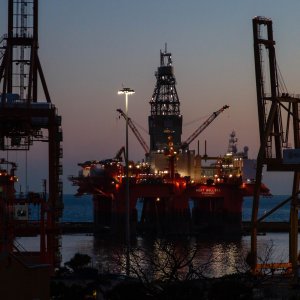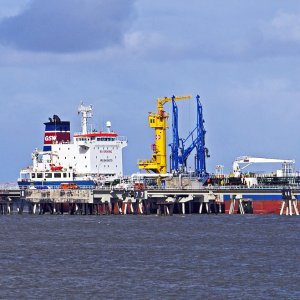
Environmental Damage, Regulation Under Scrutiny in Mexico
 By Cas Biekmann | Journalist and Industry Analyst -
Wed, 07/14/2021 - 08:34
By Cas Biekmann | Journalist and Industry Analyst -
Wed, 07/14/2021 - 08:34
Following the viral ‘Eye of Fire’ incident off Mexico’s Campeche shore, PEMEX reported that the swift action it took had prevented any environmental damage. Environmental activists question this statement and point toward other incidents, as they ask to improve what they see as a stumbling regulatory framework.
As the images began to spread rapidly across the world, entities concerned with the environment reacted rapidly. “Insisting on an economic development model based on the use of fossil fuels leaves us at the mercy of these types of accidents,” said Gustavo Ampugnani, Director of Greenpeace Mexico. “It is a stagnating policy. Stuck in the past,” he added. “This accident, along with others that have occurred due to activity in deep waters, shows that it is a high-risk activity, not only for PEMEX workers, but also for marine ecosystems. The Gulf of Mexico is an area with high biodiversity and is seriously threatened by the activity of the oil industry,” reported the environmental rights group CEMDA in a statement. The chemicals used to pout out the fire were also a cause for concern.
After PEMEX’s prompt examination, the company reported that no environmental damage had occurred because of the fast intervention it staged. “There was no oil spill and the immediate action taken to control the surface fire avoided environmental damage,” the statement read. Nevertheless, b Greenpeace and CEMDA called for a deeper research as to how the incident affects the local ecosystem. In an interview with Milenio, the Tamaulipas Environmental Lawyers Association said that environmental agency ASEA has not resolved complaints where black spots coming from hydrocarbons spills caused trouble for fishing villages and communal beaches. “PEMEX ranks third among the oil companies with the highest environmental risk on the planet,” according to CEMDA, adding to the voices that want to see higher accountability for the NOC and other operators through enhanced regulation. Environmental activists have criticized ASEA’s position to intervene in the industry, pointing out its lack of resources and insufficient expertise in certain specialized areas.
“There have been many changes at ASEA. Recently, many sector experts have left ASEA, unfortunately. As a result, new people in leadership positions are on a learning curve. We are encountering situations where ASEA employees are learning how to interpret large volumes of data that the agency generates and manages, and institutional analysis criteria still needs to be redeveloped,” explained Yolanda Villegas, Founder and CEO at Oleum Servicios y Dictaminación Técnica.
José Luis González González, the Head of the Supervision, Inspection and Industrial Surveillance Unit at ASEA agrees there is room for improvement for the young regulatory body. “On March 1, 2021, we celebrated our sixth anniversary. We are considered the youngest regulator in Mexico, so we are experiencing a continuous learning curve. We are on our third administration and on our third executive director,” he said.
















